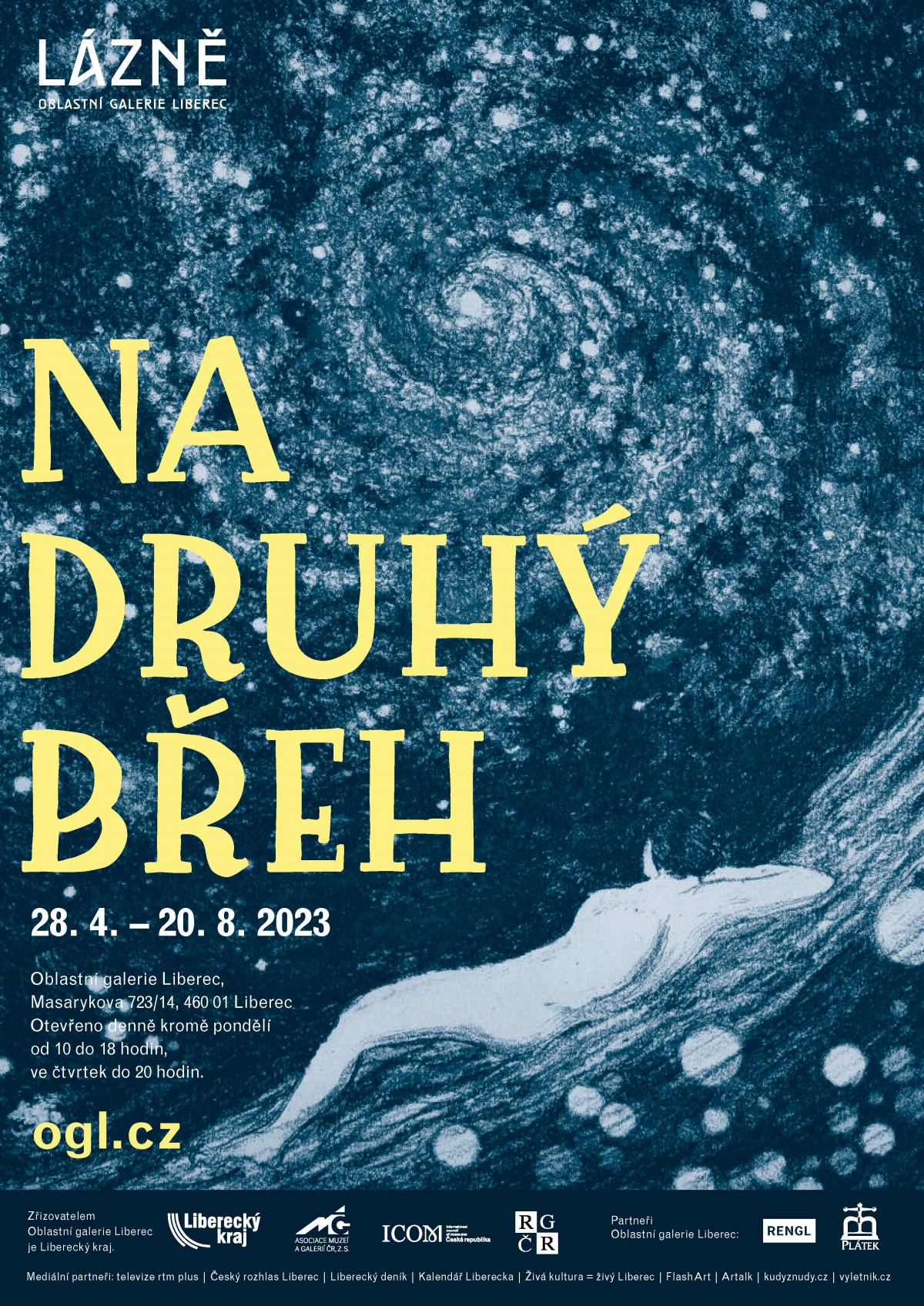The Phenomenon of Spiritism and Decadence in Czech Art
“Images are a blessing and a curse of human life. It is only through images that it can understand itself; images are impossible to record, they have been in us from the beginning of our herd, older and more powerful than our mind, they provide in them a closure to past and future, are a dual dreamy memory, and are stronger than we are...” (Hermann Broch – The Death of Vergil, Prague 1937, p. 66)
A surge of conceptual and artistic movements that based their philosophies on returning to nature (thus being the antipole to the industrial revolution) was characteristic of the second half of the 19th century. In a way, they built on Goethe’s conception of the world and nature in which substance and spirit (body and soul, expanse and the thought) appear as aspects of unified and eternal nature - God that is aware of its self through humans.
One of these movements, so typical for the turn of the 19th and 20th centuries, was Symbolism, which depicted reality through symbols and fantasy. This wide river that we grew to call symbolism gave live to numerous creeks and streams that originated in it, yet ran narrower based on topics and issues that were relevant and burning in these days and for this or that particular artistic group. And artists used their own perception and insight to grasp, describe and depict them in words or images.
Just as the decadence attempted to handle decay, death and misfortune, spiritism tried to come to terms with these topics through belief in supernaturalness, life after death, reincarnation, in things intangible, incomprehensible and extending way beyond what humans can learn and grasp. Unlike symbolism, decadence and spiritism stretch well beyond the transition of the 19th to the 20th century as they were subjected to the ordeal in the form of the largest human tragedies of the 20th century: WWI and WWII. Therefore, the topic of death - though often conceived through mythologies, fairy tales and ghost stories - gets to the spotlight.
The purpose of the exhibition is to provide the audience with an interdisciplinary insight into spiritism and decadence. Make use of literary artworks to explain pictures that are displayed. Welcome to the world of Váchal’s imagination, of Erben’s Kytice, E. A. Poe’s stories or witness Orpheus’ journey to the underworld.



























